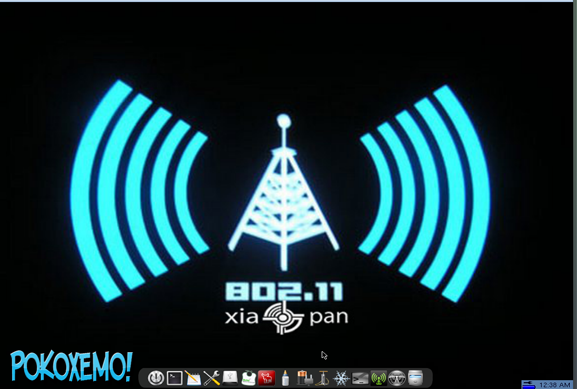
So far this has been tested in Parallels Desktop (select other linux kernel 2.6x, and install it).

Do not run it live otherwise you will see no networks. It should also work for VMware, VirtualBox as well as LiveCD and LiveUSB. As far as we know it will work with any wireless card that supports injection. The Reaver Pro Kit comes with an ALFA RTL8187L device.

There are also two default users with unknown passwords.It will automatically log you into reaver and the other user is tech. It is setup so that updates can be downloaded automatically (not that there have been many for quite awhile).It can be remastered / modified into another OS, but we need the root password to proceed as well as to perform other admin type tasks.One thing I noticed but this might just be a parallels bug is that if you shut it down as if you would Ubuntu it has issues starting up again.Reaver Pro has no shutdown button itself, so you just have to reboot your computer (if you have a live CD or USB) or click the shutdown button in Parallels, VMware or VirtualBox. There is no expert / tweak settings as you would find with Reaver command line or inflator.Xiaopan OS is an open source and completely free Linux-based operating system created especially for wireless security enthusiasts who want to test their Wi-Fi networks against malevolent users.Distributed as minimal, dual-arch Live CDs At its root, the distribution is based on the popular Tiny Core Linux operating system. This is a minimalistic distribution of Linux that provides users with a single, dual-arch Live CD ISO image of approximately 70MB in size, designed to run on either 32-bit (i386) or 64-bit (x86_64) hardware platforms.

Xiaopan OS can run in Parallels Desktop, VMware and VirtualBox virtualization software. It is compatible with Yumi Boot and LiLi USB Creator, and runs directly from the bootable medium (CD media or USB stick). The boot prompt of the ISO image is very informative and has been designed from the ground up to allow the user to start the live environment with default boot options and drivers or with virtualization support.

Super fast graphical desktop environment à la Tiny Core In addition, the user can use this Live USB or Live CD to boot an existing operating system that is installed on the first disk drive, as well as to reboot the machine.


 0 kommentar(er)
0 kommentar(er)
